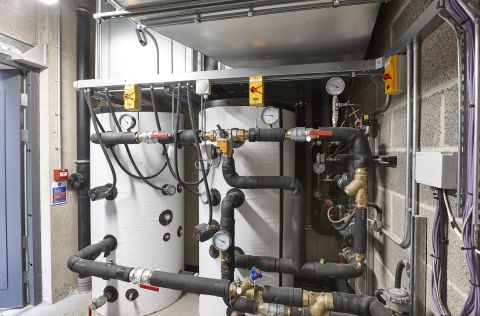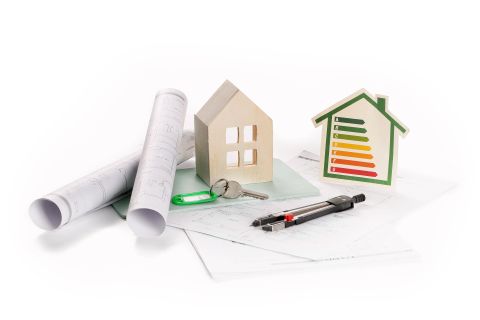Building Regulations in England & Parts L, F and O
With the transitional period now over, the updated 2022 Building Regulations Part L, Part F, and the new Part O, became legally enforceable for all new residential projects.
This is the biggest regulatory change the construction sector has seen in the last 40 years and a stepping stone in our transition away from fossil fuel systems toward decarbonised homes and the electrification of heat - and ultimately, the Future Homes Standard. This shift will impact the way we design buildings and specify technologies.
Have you decided which technologies to specify to achieve compliance for your next residential project?
The new English Building Regulations came into law on the 15th of June 2021. For projects with existing planning permission there is one year transitional arrangements period that applies on plot-by plot basis.
The updated Part L outlines the four compliance metrics for new developments: primary energy target, carbon emissions target, fabric energy efficiency target, and minimum standards for building fabric and building services.
The ventilation system choice under the updated Part F is linked to aritightness as we look to increase indoor air quality. New Part O offers modelling to help mitigate the risk of overheating in buildings.
We designed a simple guide to the changes to Part L and Part F, and the new Part O, and discuss what they may mean for your project.
Our range of HVAC solutions aim to provide future proof technologies to building projects over various sectors.
Request our presentation on Building Regulation changes that answer the most frequently asked questions.
Latest News
Our news section cover building regulations, what the changes to Part L, F, and the new Part of O entail, and what this means for HVAC specification.

Heat pumps are the future of domestic energy
Glen Dimplex Heating & Ventilation supports EHPA tour educating why

Fan coil refurbishment for improved operational efficiency
What are the key components to consider for fan coil refurbishment that could lead to improved operational efficiencies?

How is the UK Government planning to incentivise low carbon heating system installation through the Heat and Buildings Strategy?
The UK Government announced the much-anticipated Heat and Buildings Strategy on the 18th of November 2021. It revealed ambitions for the transition to low carbon buildings of the future, with plans to phase out fossil fuels in favour of electrification. The Heat and Buildings Strategy outlines how £3.9 billion of funding will be allocated in the three-year term of 2022-2025 to speed up the decarbonisation of heat.











